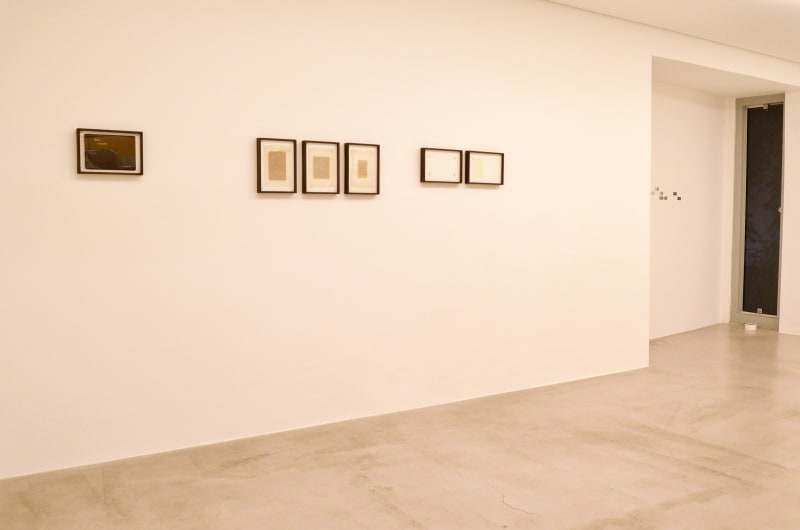Losing and remaining
“A photo is a vestige. But a vestige of what?”1. The Portuguese Susana de Sousa Dias answered that question with a most disturbing film-installation, 48, presented at the Matadero Madri, in 2011. Using police files from the old DGS – the political police that served the Salazar dictatorship, which ruled over Portugal from 1926 to 1974, 48 years explaining the title of the work - the photographs of the prisoners merge into the accounts given by the characters decades later when recalling their experiences from the years of repression. The story is reconstituted in large scale by the simple use of such records. “What is the balance between words and silence without the picture being dominated by the text? How can a space be created that is more conceptual than physical?” the filmmaker asks.
São Paulo artist Ivan Grilo might, in a certain way, be able to answer these queries in Nem Todo Fato É Narrável (Not Every Fact can be Narrated), a solo show featured in the Zip’Up Project, at the Zipper Gallery. The main thrust of this exhibition is also based on files from Lisbon, resulting from the artist’s residence in the Portuguese capital last year. Grilo brings an interesting development in hos oeuvre, as now his source is not only family documents, but also material available in (overseas) public collections and also items purchased at markets that sell photos by ‘amateur’ authors. The focus here covers landscapes and constructions, not only portraits, as is noted in the Belida e Entre Névoa series, for instance.
“I realise that my current studies are really focused on the creation of velaturas (varnishes), always subverting the real function of materials that are usually intended for protecting/framing/finishing photographs”, explains the artist, who lives in the small town of Itatiba, near São Paulo and noted for its fog – which may have given rise to the smaller street photographs that make up Entre Névoa (Between Mist). Interestingly Grilo underlines a procedure that is often mentioned in the history of painting, but also has a place in the doctrine of pictorial photography – that is, helping to shuffle different media and approaches.
And the Portuguese word velar here can equally refer to a watch or wake (of a dear one who is ill or someone in their final hours) or to the essential characteristic of a torch staying alight in the black of the night (using a well-known image). Therefore, one can find the movement of Grilo's art hovering between the function of safeguarding a plastic composition and the metaphor for prolonging the life of something ephemeral and delicate.
The silence of an experience that cannot be narrated pervades all the series presented in the exhibition. The actions of acid on glass, tracing paper that deals with exhibiting/hiding images that were previously thrown away on to the common rubbish dump of micro-stories, the acrylic plates that scramble the observer’s view, all of Grilo's visual tricks can be related to the pungent (but no less melodramatic) narratives of Levi and Sebald, for example, as well as the crux of Benjamin’s thinking.
It seems the artist wants to make tangible and very physical all the impediments and barriers that characterise contemporary everyday life, but at the same time, the concrete results are not watertight, their meanings dissolve according to our winks at the works. And Ivan Grilo manages to manages to bestow an optimistic and oneiric tone on the set of works with Lexical Study. Small aluminium plates are engraved with poetic definitions such as “Rain/verb/to let tears run silently that flourish to the eyes” and “Wind/verb/to get drunk, dizzy”. “The real cannot be said: it’s only possible to speak and indicate phenomena”2, highlights the French thinker François Soulages.
Mario Gioia
1. SOULAGES, François. Estética da Fotografia – Perda e Permanência. São Paulo, Senac SP, 2010, p. 13
2. SOULAGES, François. op. cit., p. 194

